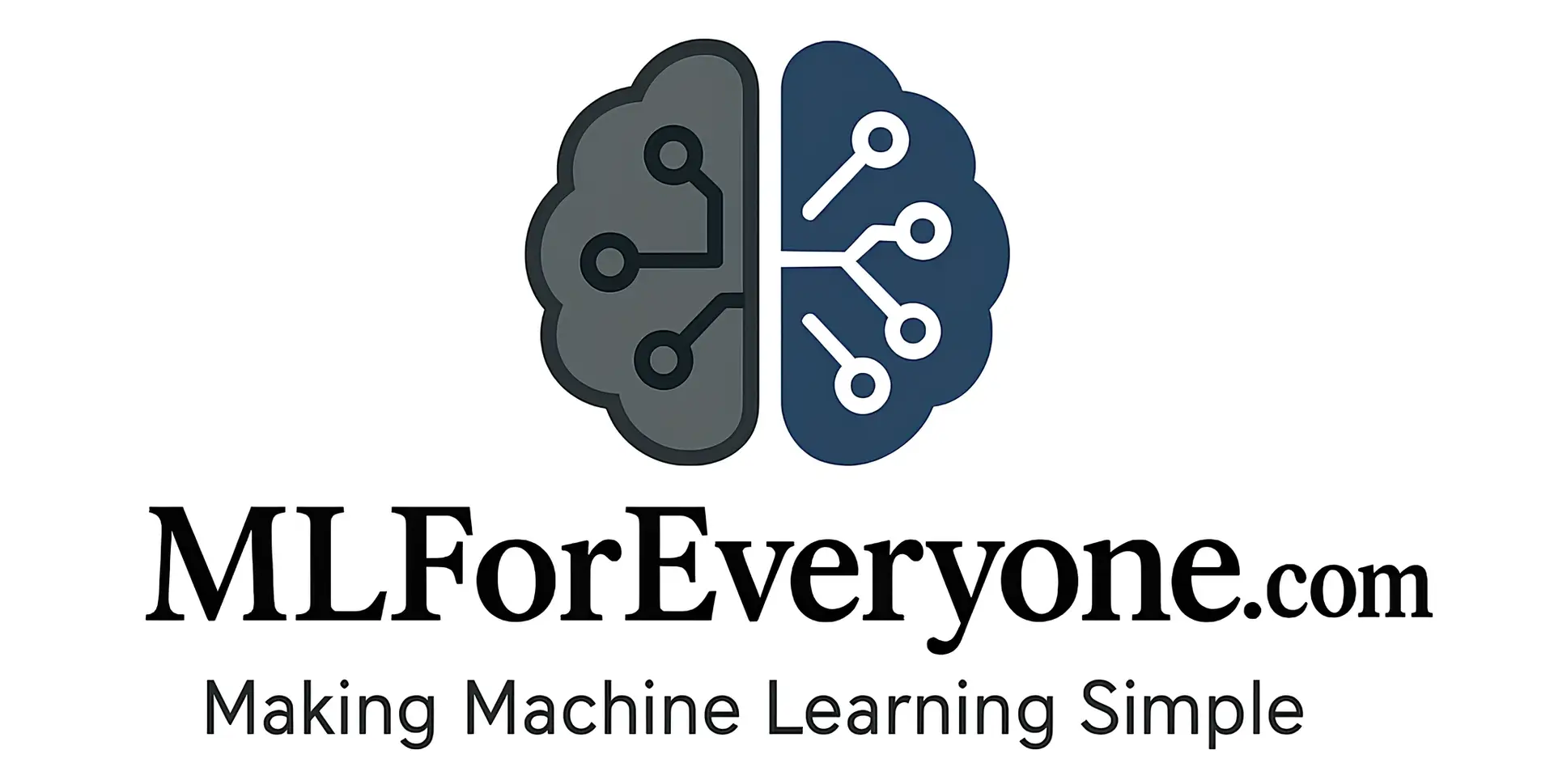What is Answer Engine Optimization (AEO)?
Answer Engine Optimization (AEO) is the process of creating and structuring content in a way that directly answers users’ questions, enabling it to be picked up and featured by answer engines such as Google, Bing, Alexa, and ChatGPT. Unlike traditional SEO, which emphasizes keyword placement and backlinks, AEO focuses on delivering concise, context-rich answers tailored to user intent.
The evolution from keyword-centric SEO to AEO is fueled by advancements in natural language processing and the increasing reliance on voice search and AI-driven tools. With users expecting immediate, accurate answers, businesses must ensure their content aligns with this new search paradigm.
Why AEO Matters in the Age of AI and Voice Search
As voice assistants like Siri, Google Assistant, and Alexa become commonplace, search queries have shifted from disjointed keywords to full conversational questions like “What’s the best sunscreen for sensitive skin?”
This transformation brings:
- Conversational Queries: Search inputs mimic how people speak, increasing the importance of natural language.
- Zero-Click Searches: Users get answers without clicking, raising the stakes for being the chosen snippet.
- Increased Use of Smart Devices: Everything from fridges to cars is becoming voice-activated, expanding where and how users interact with content.
AEO ensures that your answers are the ones surfaced by AI assistants and smart engines.
Understanding the Mechanics Behind Answer Engines
Answer engines are intelligent systems designed to deliver direct responses rather than a list of web pages. They draw from structured content, context-aware data, and machine learning algorithms to identify the best possible answer.
Types of Answer Engines
- Google’s Featured Snippets: Shows content directly on the SERP.
- Bing’s AI-Powered Results: Uses OpenAI models for enhanced answer accuracy.
- Alexa and Siri: Pull from verified sources and structured data.
- ChatGPT and Generative Models: Create real-time summaries and insights from a wide array of inputs.
Understanding how each works helps in customizing your content accordingly.
How AI Is Transforming Search Behavior
AI is pushing the boundaries of search far beyond links and snippets. With tools like ChatGPT, Perplexity AI, and Gemini, users now engage in multi-turn conversations where content must be:
- Context-aware
- Accurate over time
- Tailored to evolving user input
These systems rely on semantic relationships, not just keywords, making entity-based optimization and contextual clarity more crucial than ever.
Core Elements of AEO Strategy
A winning AEO strategy blends technical SEO with human-centered content design. Here’s what matters:
Structured Data and Schema Markup
Use JSON-LD schema to label content like:
- FAQs
- How-to guides
- Articles
- Products and reviews
FAQ and How-To Formatting
Organize content with clear H2/H3 tags and bullet points. This not only aids crawlers but also matches answer engine formats.
Snippet Optimization Techniques
- Use concise, 40-60 word summaries.
- Incorporate questions as headers.
- Ensure clarity and scannability.
Crafting AI-Optimized Content That Ranks
To stand out in answer results, content must be:
- Readable at a Grade 7 level
- Rich in semantic meaning
- Built around specific user questions
Use natural language tone and avoid jargon unless you’re writing for experts.
Incorporate LSI (Latent Semantic Indexing) terms naturally, like:
- “Conversational AI”
- “Intent-based search”
- “Answer-first format”
These signals help machines understand the depth and relevance of your content.
The Role of Featured Snippets and Knowledge Panels
Google’s featured snippets are prime real estate. To earn one:
- Use a clear answer format (e.g., list, paragraph, table).
- Place your best answer within the first 100 words.
- Include the exact query as a header.
Knowledge panels pull from trusted databases like Wikidata and Google’s Knowledge Graph, so maintaining a strong brand presence on authoritative platforms is essential.
Optimizing for Voice Search
Voice queries are longer and more detailed. Think “What is the best way to prevent identity theft while traveling abroad?” instead of “identity theft travel tips.”
Voice optimization tips:
- Focus on long-tail, question-based keywords
- Include conversational triggers like “how,” “what,” “when,” and “why”
- Make answers concise, complete, and contextually rich
Mobile-first indexing also means your content should load fast and display well on all devices.
Using Schema Markup for Better AEO
Schema helps answer engines understand your page’s purpose.
Recommended Types:
- FAQPage
- HowTo
- Article
- Product
- LocalBusiness
Use tools like Google’s Rich Results Test to validate schema. This increases the chance of your content being featured in a rich snippet or voice response.
Creating Content That Answers Questions Intelligently
People Also Ask (PAA), Quora, and Reddit threads are goldmines for finding real questions. Combine these with tools like AnswerThePublic and AlsoAsked to form your content blueprint.
Best practices:
- Use direct, on-point headers.
- Answer briefly first, then expand.
- Break complex answers into steps or lists.
E-A-T and Its Impact on AEO
Search engines reward content that exudes:
- Experience (real-life use or firsthand accounts)
- Expertise (industry or niche authority)
- Authority (recognized credibility)
- Trustworthiness (safe, accurate, updated info)
Add author bios, cite credible sources, and maintain consistency across platforms to boost trust signals.
Metrics and Tools for Tracking AEO Performance
Measure how well your content performs on answer engines using:
- Google Search Console: Track impressions in featured snippets
- Semrush/Ahrefs: Monitor rankings and SERP features
- Frase/Surfer SEO: Optimize semantic content
Track KPIs like:
- Featured snippet count
- Zero-click CTR
- Voice assistant hits (via analytics integrations)
Common Pitfalls in AEO and How to Avoid Them
- Overusing FAQs: Can dilute focus and confuse crawlers
- Lacking Structured Data: Makes content invisible to answer engines
- Outdated Formats: Use of passive voice or long-winded intros hurts clarity
Stay updated with search engine documentation and test frequently.
Case Studies of Successful AEO Strategies
Health Niche: A skincare brand optimized FAQs and got featured in Google snippets for “best moisturizer for dry skin.”
Finance Sector: A budgeting app used schema and concise answers, increasing voice search hits by 40%.
Ecommerce: A tech retailer added HowTo schema and became Alexa’s go-to for “how to install a router.”
Future Trends in AEO and Search Experience
- AI-native search tools like Perplexity and You.com are shaping new habits.
- Conversational UX is becoming the norm, meaning static articles won’t cut it.
- Voice-first design and multimodal search (text + image) are emerging trends.
Staying agile and adaptive is key to long-term visibility.
Frequently Asked Questions (FAQs)
1. What is the main goal of Answer Engine Optimization (AEO)?
The goal is to ensure your content is selected by AI-powered engines to directly answer user queries in a succinct and structured format.
2. How does AEO differ from SEO?
SEO focuses on visibility in search results; AEO focuses on being the top answer within AI and voice responses.
3. Can AEO improve voice search visibility?
Yes. Structuring content for natural language and direct questions enhances your chances of being selected by voice assistants.
4. What type of content works best for AEO?
FAQ pages, how-to guides, and concise paragraphs answering specific questions perform best.
5. Is schema markup essential for AEO?
Absolutely. Schema helps AI understand and present your content accurately in featured snippets or voice responses.
6. What are the best tools for optimizing AEO content?
Tools like Semrush, Frase, Surfer SEO, and Google’s Rich Results Test are incredibly useful.
Conclusion
Answer Engine Optimization (AEO): Shaping AI Responses for Maximum Visibility is not just the future—it’s already here. As AI tools redefine search, crafting content that speaks directly to users’ questions is no longer optional. Use structured data, keep your answers concise, and focus on user intent. The reward? Being the voice that answers, the snippet that shows, and the expert users trust.




Leave a Reply